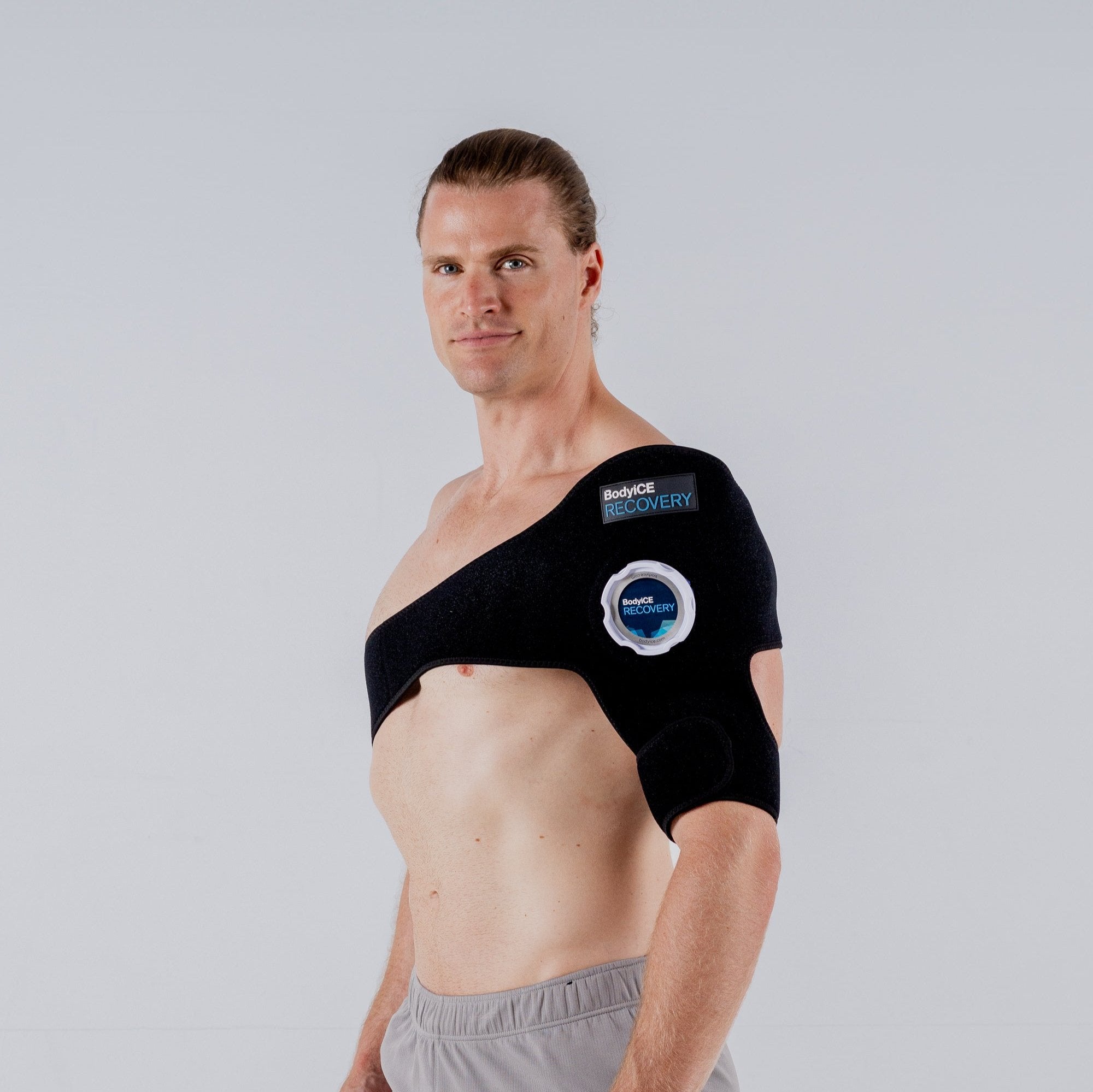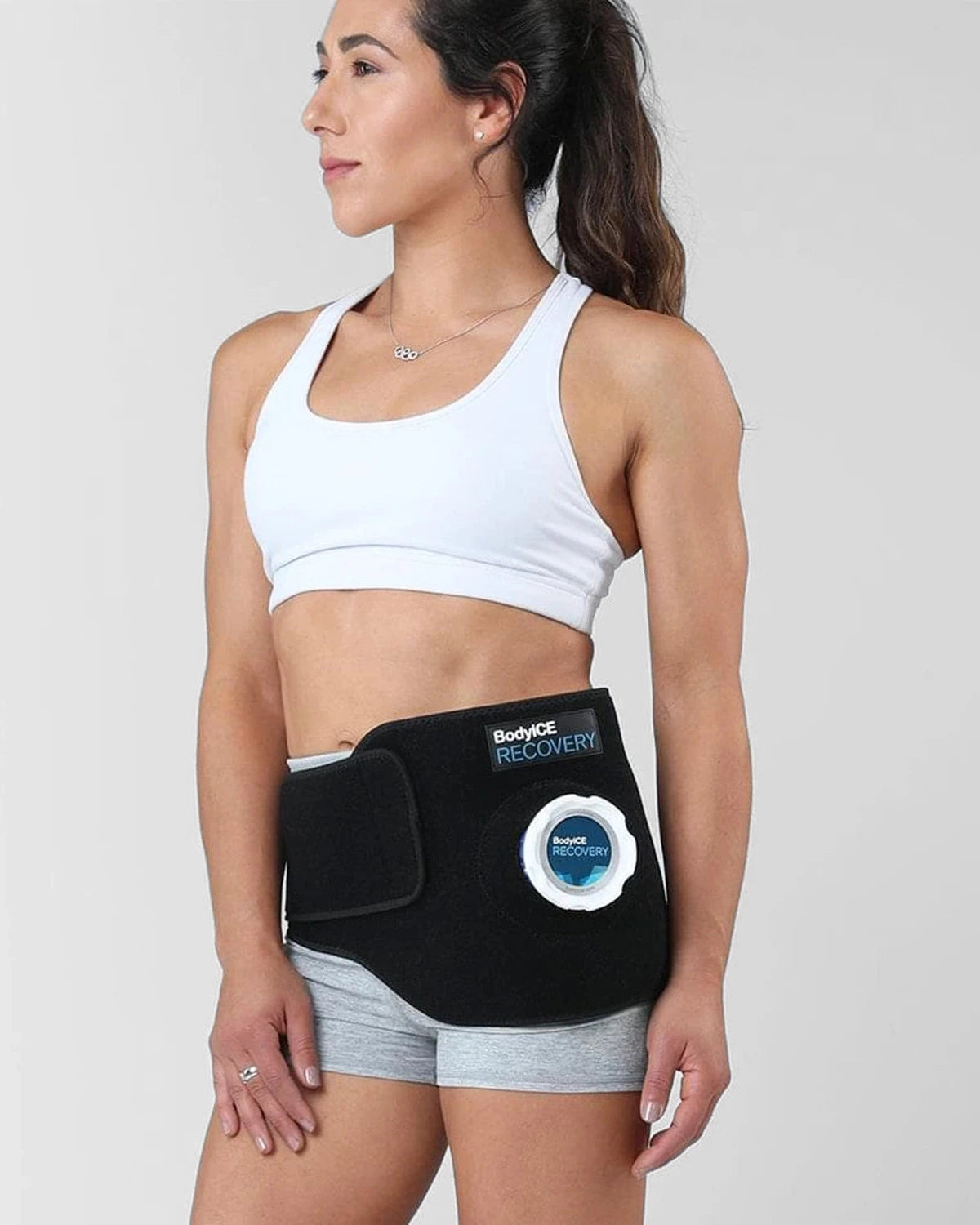KNEE ICE PACKS
If there is one thing we know here at BodyICE, it’s knee ice packs. Our main priority is to help you #RECOVERBETTER and to give you the tools you need to do that. Whether it’s a soothing, guided visualisation track or helping you navigate your life after surgery or injury, including everything you need to know about knee ice packs.

Ice packs can help reduce swelling, inflammation, and pain, making it easier to move around and perform daily activities. However, if you're new to using knee ice packs, you may have some questions.
Remember, there is no such thing as a stupid question, so we’ve kept this list as simple as possible, to cover the most asked questions about knee ice packs but if there is anything that we haven’t thought of please add it into the comments below this blog or email us and we can help.
How long should I use a knee ice pack?
The medically recommended time for using a knee ice pack is 15-20 minutes, reapplying as needed. This should be enough time to reduce swelling and pain without causing any skin damage or making you too uncomfortable. Icing can be pretty intense at first, especially if you don’t love the cold – but we promise that it will get easier over time.
Should I use a cold or hot knee pack?

It depends on the injury type and timing. For knee pain, we find that it’s best to use a cold ice pack. Cold therapy helps to reduce inflammation, which is the primary cause of pain and swelling. Heat therapy is more suitable for muscle soreness or stiffness, as it helps to relax the muscles and increase blood flow. As a general rule for acute injuries, you should use ice for the first 24-48 hours and then a heat pack after that. For a more detailed explanation, we have an article written by Osteopath Dr. Chris Jones that you can read here.
Can I use a knee ice pack if I have arthritis?

This is a great question, and YES, knee ice packs can be effective for reducing inflammation and pain caused by arthritis. However, it's important to talk to your doctor first, because some types of arthritis have different treatment methods.
Can I reuse my knee ice pack?
This is why we designed BodyICE. Single use ice packs are no good for the environment OR your budget so our Recovery packs are designed to be durable and reusable time and time and time again. The best thing is, you don’t have to refreeze the whole pack because we use ice blocks, so you can just refill and keep icing, without waiting in between.
What if I don’t have ice?
No problem. We have a solution for you. When using our Recovery ice bags all you need to do is fill the ice bag ⅔ full with an alcohol solution. We recommend 1 part alcohol (methylated spirits is fine) and 2 parts water. Then place it in the freezer. Because the alcohol acts as an antifreeze it won't freeze solid and will perfectly mould around your injured area.
However, due to the lower freezing temperature of alcohol, the ice pack will be extra cold, so place a thin layer between your skin and the ice bag to avoid an ice burn. You can then store the ice bag in the freezer for ongoing use.
How do I use a knee ice pack?

We can only speak for our packs (to list usage for every other type would take you AGES to read, plus we know that BodyICE Recovery is the BEST ice pack for knees) and here’s a quick run-down of how they work.
- Unscrew the lid and fill 2/3 with ice or use the alcohol method mentioned above if you don’t have ice blocks.
- Secure the lid firmly and place through the hole of our joint specific neoprene straps. The velcro adheres anywhere on the neoprene strap allowing a custom fit and comfortable compression.
- Empty your ice bag and store away from direct sunlight when not in use.
How tight should the compression be when icing a knee injury?
Using a compression strap helps to reduce swelling and provide support to the injured area. Our ice packs come with a neoprene strap that offers comfortable compression.
You want the compression tight enough to provide support and control swelling, but not so tight that it cuts off circulation or causes discomfort or more pain. You should aim for a snug, comfortable fit that provides support without being overly restrictive.
If you experience any numbness, tingling, or increased pain or discomfort while using the compression strap, just loosen it to make it more comfortable or remove it altogether and just use the ice bag on its own.
We hope this helps you navigate using your ice pack safely and effectively. If you are looking for a knee ice pack the our Medium Universal is our most popular choice for knees. If you’re >95kgs, we recommend choosing the Large Universal. For children under 8, we recommend the Small Universal or check out our BodyICE Kids range.













Leave a comment
All comments are moderated before being published.
This site is protected by hCaptcha and the hCaptcha Privacy Policy and Terms of Service apply.